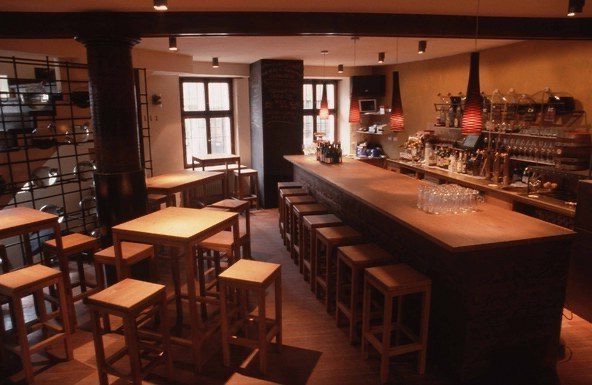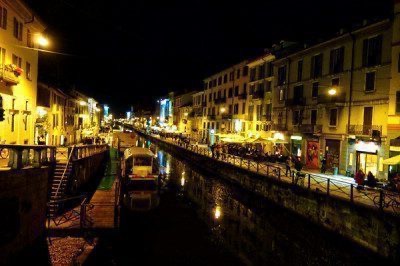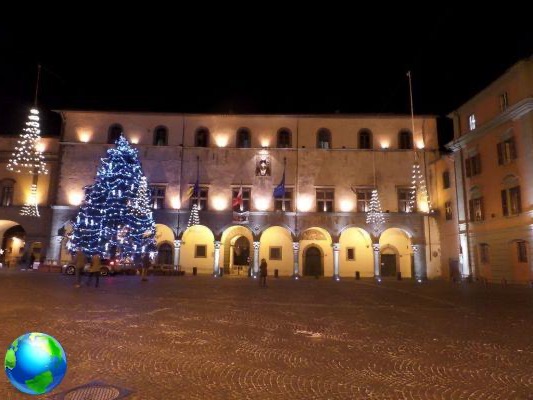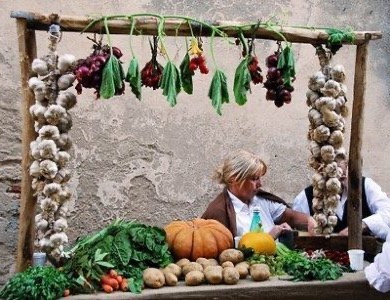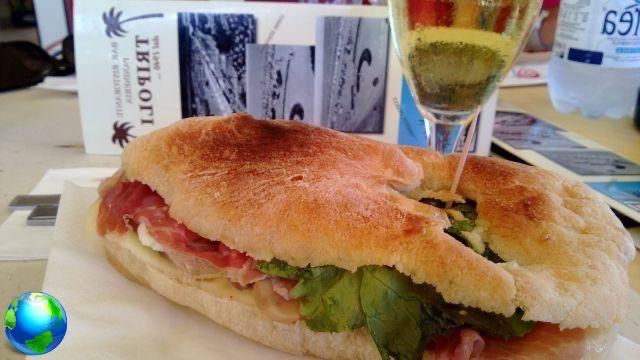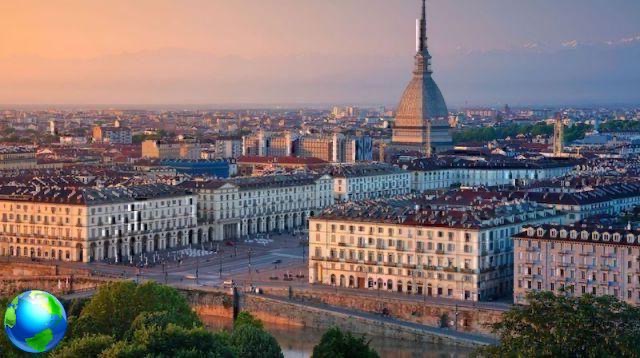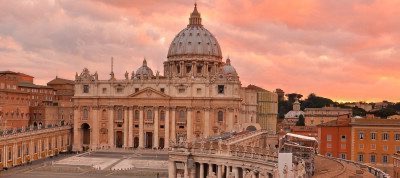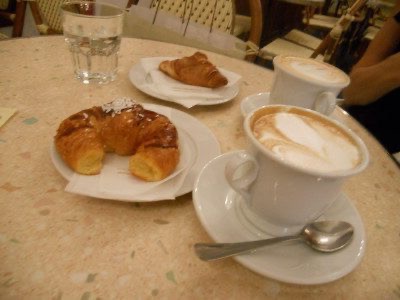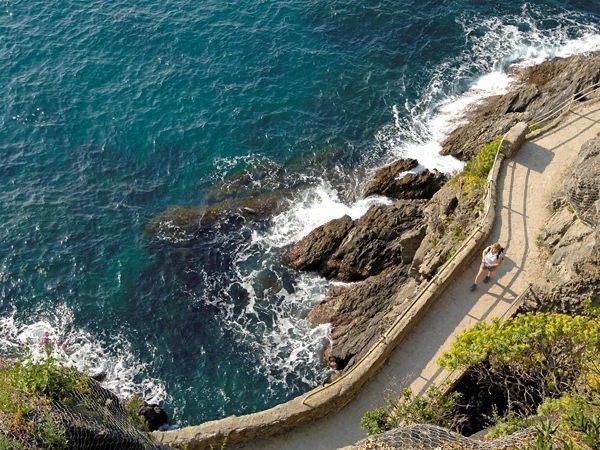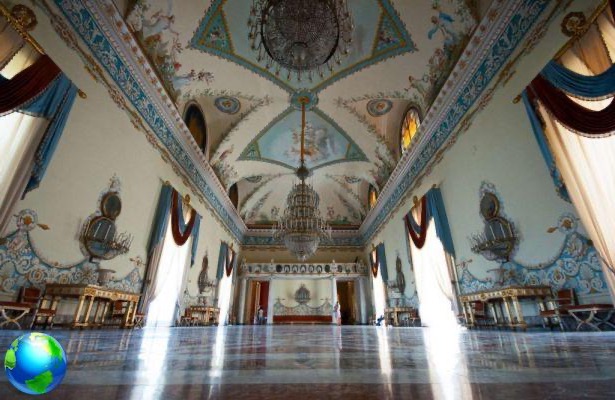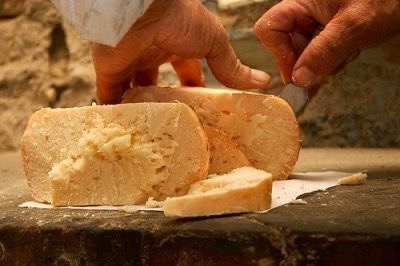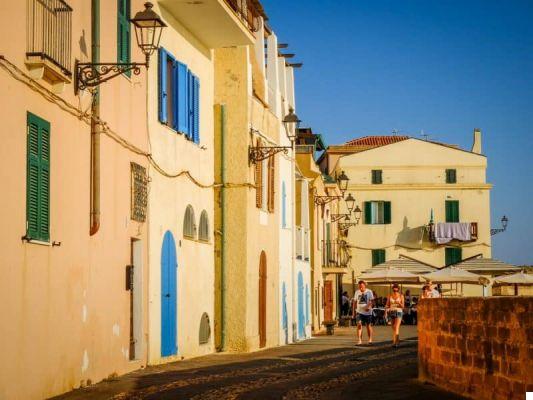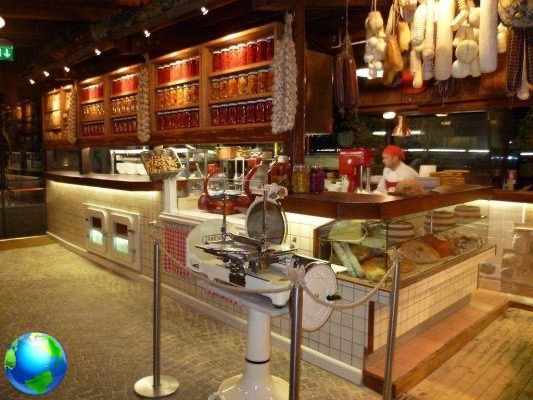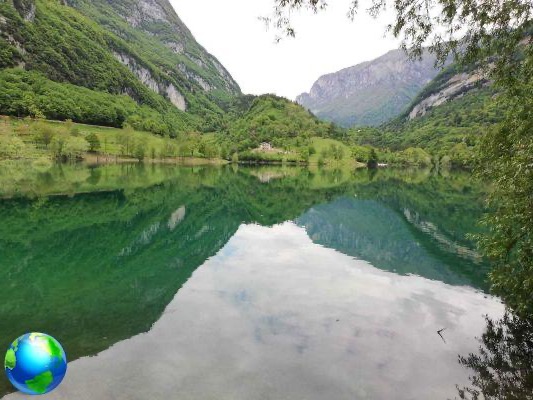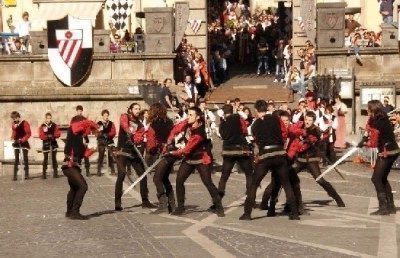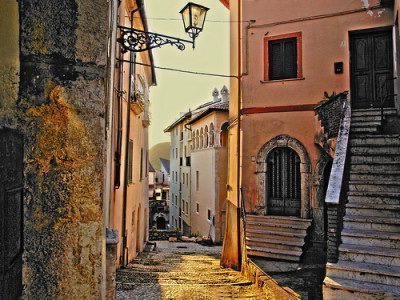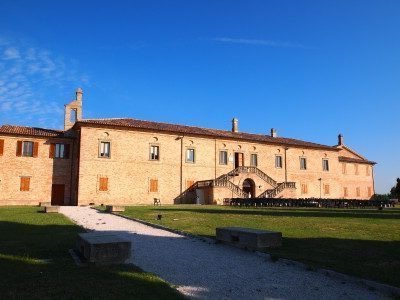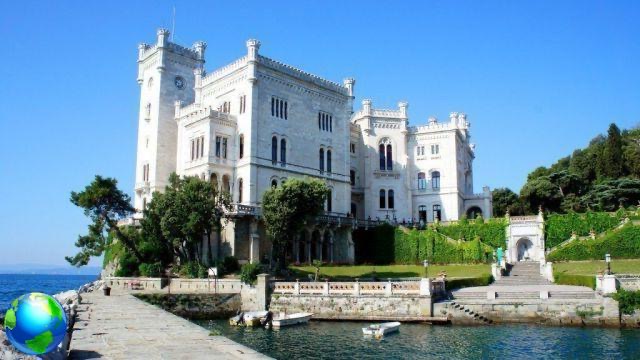“Rome wasn't built in a day” as someone said. More than 2000 years of history are concentrated in Rome and each period has left its mark on the architecture and culture of the city. In Rome there are incredible Roman ruins, but also medieval, Renaissance and modern buildings .. It is a city that you never stop exploring and, trust me, this also applies to us who were born there!
If you go there as a tourist, after having visited the great classics, the essentials I have already told you about in the article on What to see in Rome in 3 days , you will be spoiled for choice to continue exploring the city. As you will see, for convenience, I have divided the places and attractions based on interests: ancient / Roman art, modern art and street art, Renaissance, gardens and botanical gardens, and architecture in general. I hope it will help you in your choice!
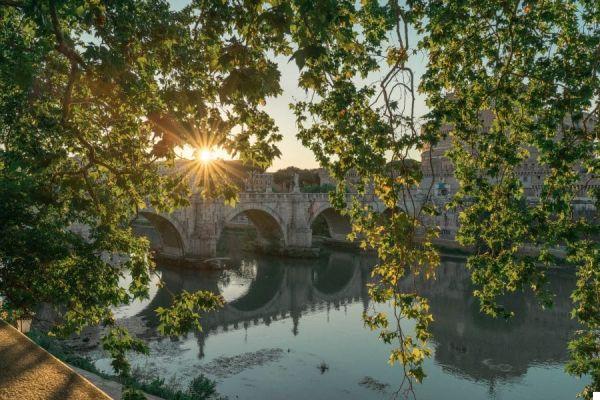
What to see in Rome for those who love ancient art
Ara Pacis
THEAra Pacis, or the Altar of Peace of Augustus, was built by the emperor in 9 BC to celebrate the pacification in the Mediterranean area which he himself created after the victorious campaigns of Gaul and Spain. Originally placed in an area of the Campo Marzio dedicated to the celebration of victories, this altar for me is incredibly beautiful! Today it is protected by a crystal case (much contested at the time ... I have always liked it instead!) Inside the Ara Pacis Museum, and the friezes that decorate the temple are among the most beautiful that can be seen in Rome.
National Roman Museum
In and around Rome, so many artifacts were found that it was not possible to exhibit them in a single museum. Several museums have therefore been established in different buildings in the city. The most important one in my opinion is Palazzo Massimo alle Terme, a former Jesuit college from the 1800s which is located near Termini Station. Here you can see many beautiful sculptures from various periods of Roman history and, above all, the works from the imperial villas that were located just outside the city. Among these, the magnificent frescoes of the Villa di Livia (wife of Emperor Augustus) and of Villa Farnesina. The collection of inlaid mosaics and marbles is also beautiful. Then there is the headquarters of Baths of Diocletian, practically in front of Palazzo Massimo, inside what was once an immense complex of thermal baths, libraries, concert halls and gardens. These spas were among the largest in Rome and could accommodate up to 3000 people! Finally, another site that deserves to be seen is that of Palazzo Altemps, which is located in the beautiful building bought by the Altemps family in the 500th century behind Piazza Navona. Most of the finds come from the collection of Cardinal Ludovisi; do not miss the Ludovisi throne, a marble sculpture from the XNUMXth century BC. In addition to the collection, it is worth coming here even just to see the palace. All the seats of the National Roman Museum can be visited by buying a single ticket at 10 euros which is valid for 1 week..I told you ..
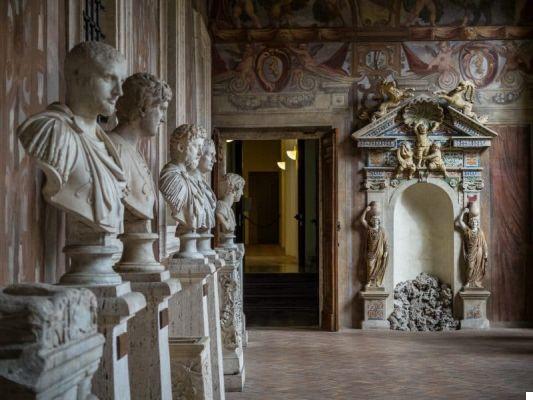
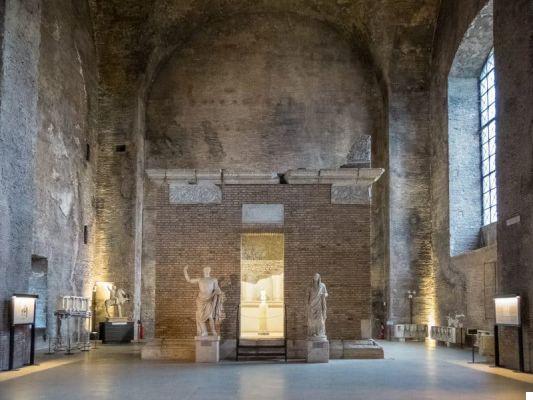
Capitoline Museums
I Capitoline Museums are the oldest public museum in the world and occupy 2 twin buildings, Palazzo Nuovo and Palazzo dei Conservatori, in Piazza del Campidoglio. These museums were founded in 1471, when Pope Sixtus IV decided to donate some bronze sculptures to the city. This tradition then went on and the museums were enriched more and more, both with sculptures from the ancient world and paintings. In fact, the museums also house a picture gallery in which a rich one is exhibited collection of paintings by Titian, Tintoretto, Guercino, Rubens and others. A curiosity: the famous one is in the Capitoline Museums bronze sculpture of the Capitoline Wolf, symbol of the city.
Montemartini
The Capitoline Museums also have two locations and the second is located on Via Ostiense, inside the former Centrale Montemartini. There Montemartini it was the first public electricity production plant in Rome at the beginning of the 900s and, after the restructuring that took place in 1997, it has become an extraordinary example of industrial archeology converted into a museum. In one part of the rooms, in an evocative juxtaposition between cast iron machinery and terracotta, bronze and mosaic finds, many masterpieces that were part of the Capitoline Museums and the former Municipal Antiquarium remain closed for decades in the warehouses due to lack of space. This museum is awkwardly beautiful, it's one of my absolute favorites, and I still don't know why it's a very little visited museum (although seeing it practically for yourself is priceless!).
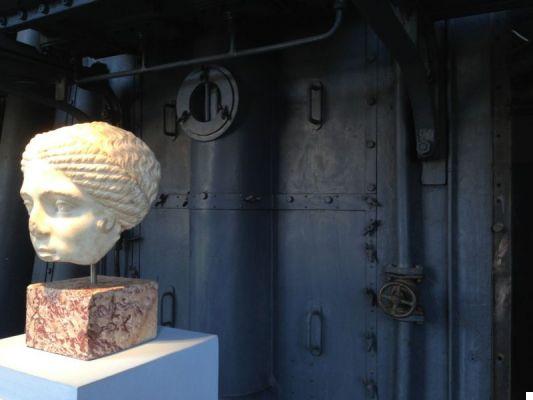
What to see in Rome for those who love modern art and street art
MAXXI: National Museum of XXI Century Arts
Opened in the 2010, the MAXXI it was designed by Zaha Hadid in the area of the former Montello barracks and is divided into divided into two sections: MAXXI art and MAXXI architecture. In addition to the museum areas, MAXXI is a real multifunctional campus that composes and integrates various articulated and complex spaces: research laboratories, reception spaces and support services for the museum, commercial functions and spaces for events, internal connection paths and pedestrian streets of an urban character intertwine on several levels in a dynamic and continuous system. MAXXI includes both a permanent collection and temporary exhibitions.
Street Art a Tormarancia e Ostiense
As has been the case for some time in many other European cities, several have been born in Rome in recent years urban redevelopment projects, social and cultural that have had as their focus the street art. Among the most interesting examples there is certainly the Tor Marancia condominium museum, born in 2014 thanks to a Memorandum of Understanding between the Ater of the Municipality of Rome, the Cultural Association 999 and the Municipality VIII. The project was conceived with the conviction that public art can be an integral element of the regeneration of public housing and the cultural growth of its social fabric. Out of 11 social housing buildings in Tor Marancia, 22 artists from 10 different countries then created their works, transforming the neighborhood into a beautiful condominium museum. If you are interested in learning more, you can participate in a guided tour of 1h and 30 'bookable through this site. Another area full of “quality” street art is Ostiense, above all Via del Porto Fluviale and the Gasometers.
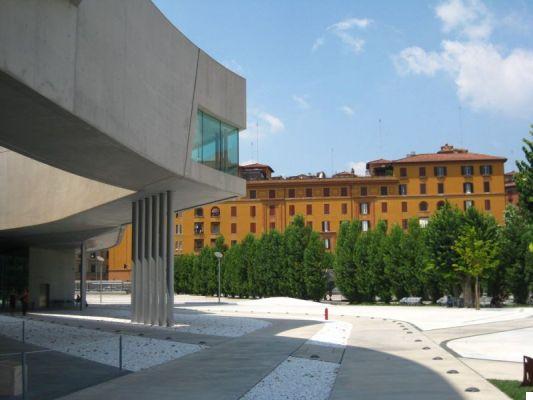
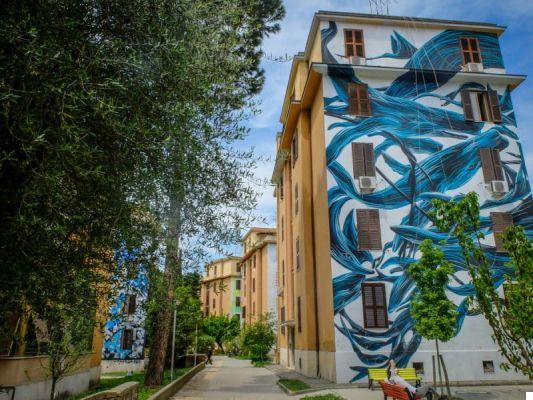
MAAM: the Museum of the Other and the Elsewhere
The MAAM or the Museum of the Other and Elsewhere (or Metropoliz) it is a truly unique place: it is the first inhabited museum in the world! It is a "living" museum, both because it is physically inhabited by 200 people, and because it is in continuous and constant evolution. The MAAM was born in 2009, when a large group of migrants and precarious workers from all over the world occupied the former Fiorucci factory (now abandoned) on Via Prenestina. Since then many artists have begun to support the cause of the Roman movement that signed the occupation (the Metropolitan Precarious Blocks) and to create works and / or installations inside the factory to protect it from the imminent forced eviction (to date not yet happened Fortunately!). Today the MAAM holds more than 400 works inside, among which Michelangelo Pistoletto's "Venus of the Rags" stands out !!
National Gallery of Modern Art
La National Gallery of Modern Art of Rome it is located in a beautiful Belle Époque style building in Via delle Belle Arti, in front of Villa Borghese. The collection includes many works by Macchiaioli and Fu (De Chirico, Balla, Carrà, Fontana), but also by various foreign painters such as Degas, Mondrian, Kandinskij and others. In addition to the permanent exhibition, there are also always temporary exhibitions.
La Pelanda (Ex-Slaughterhouse)
This large complex is located in the neighborhood Testaccio, along the Tiber, and was built between 1888 and 1891 by Gioacchino Ersoch to house the slaughterhouse. Today it is considered one of the most important industrial archeology buildings in the city due to the modernity and originality of its structures. The restoration site de La Pelanda it was opened in 2006 and delivered in 2010, redeveloping the pavilions used for the water tanks, for the pelanda and for the slaughter of pigs. Inside you will find one of the two locations of the Museum of Contemporary Art of Rome (MACRO, the other is located in the former Fabbrica Peroni), temporary exhibitions and artistic projects of various kinds, but also the Faculty of Architecture of Roma Tre and some classrooms of the Academy of Fine Arts.
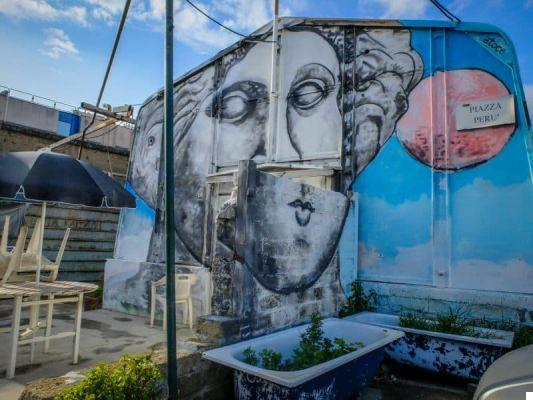
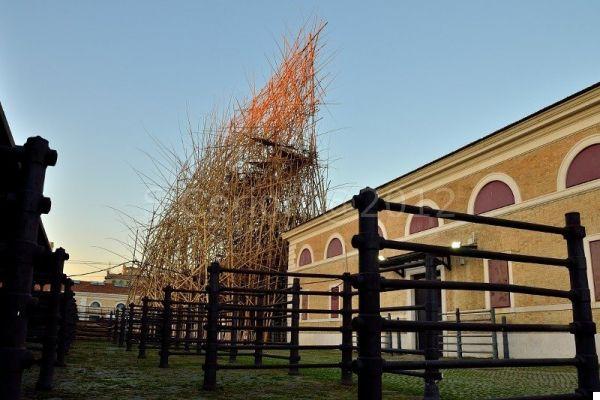
What to see in Rome for those who love the Renaissance
Galleria doria pamphilj
Maybe I am a great lover of rich noble palaces and Renaissance art, but for me it is there Galleria doria pamphilj that the Colonna Gallery (see below) are two museums not to be missed! The Doria Pamphilj Gallery is located on Via del Corso and the original nucleus was built for Cardinal Fazio Santoro in the 500s. The grandiose residence we see today is instead the result of evolutions, annexations and enlargements that have taken place for 500 years thanks to the great Italian noble families who have inhabited it (and whose heirs still live there !!). In addition to the beauty of the palace, inside there is one of the most extraordinary private art collections with works by Raphael, Tintoretto, Brueghel, Tiziano, Velasquez and many others, still arranged according to the late eighteenth-century layout. In addition to the art gallery, by making a separate ticket, you can also visit the Princess's Private Apartments (beautiful!).
Colonna Gallery
Not far from the Galleria Doria Pamphilj, there is this other gallery which houses an equally valuable private art collection. There Colonna Gallery it occupies 6 rooms of the immense residence of the Colonna family (in part still inhabited by the heirs), the largest building in all of Rome. The gallery was completed in the early 1700s and there are beautiful ceiling frescoes dedicated to Marcantonio Colonna, the founder of the dynasty. This gallery also houses works of inestimable value inside, but the rooms are no less. With a separate ticket you can see Princess Isabelle's apartments and the magnificent gardens. The Colonna Gallery is open to the public only on Saturday mornings.
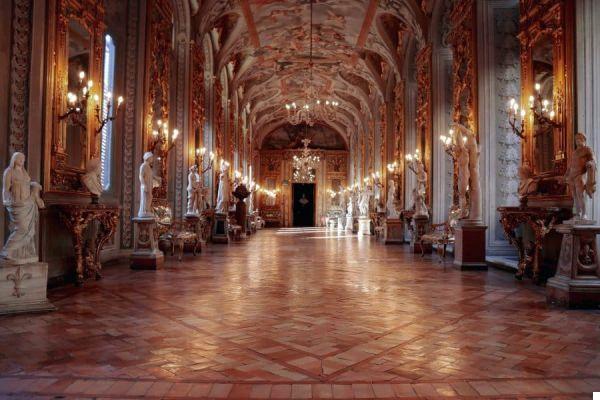
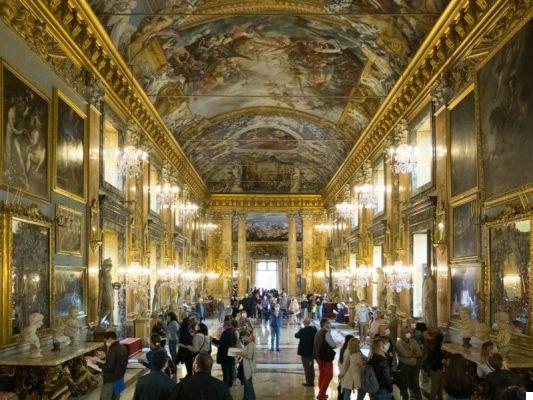
What to see in Rome for those who love gardens and botanical gardens
Villa Doria Pamphilj
Villa Doria Pamphilj is the third largest park in Rome (after the Appia Antica and the Pineto park), and is located just outside the walls in the Gianicolense district. Inside stands the Casino del Bel Respiro or Algardi, surrounded by a citrus grove and well-kept Italian gardens, which today is an official representative office of the Italian government. In the past it was an immense private property of the Doria Pamphilj family, but was then expropriated during the twentieth century and opened to the public in 1972. If you are in the Trastevere or Monteverde area it can be a beautiful place to walk in the green.
Botanical Garden
Not far from Villa Doria Pamphilj there is theBotanical Garden of Rome, which extends from the Tiber to the Janiculum hill. The Botanical Garden is located in what were once the gardens of Palazzo Riario Corsini and there are more than 7000 species, some of which are very rare. There is a rock garden with mountain flowers, an area dedicated to cacti and another dedicated to palm trees. The Garden has the layout of a historic garden and the architect who designed it in the mid-800th century took inspiration from other famous villas of the time such as Villa d'Este. Today it is managed by the La Sapienza University of Rome.
Villa Torlonia
I could not enter Villa Torlonia among the most beautiful gardens in Rome, both because it is very beautiful, and because I spent my childhood there and I am very attached to it. The park was originally an agricultural property of the Pamphilj family (for a change!), Then bought by the Colonna family and finally by the Torlonia family. It is the latter who in 1806, on a project by the architect Giuseppe Valadier, had this beautiful neoclassical villa built inside. Inside the park there are also other interesting buildings: the Casina dei Principi (which was the official residence of Mussolini from 1920 to 1943) and the Casina delle Civette (a very particular Art Nouveau building with beautiful stained glass windows). A curiosity, in the basement of Villa Torlonia there is a anti-aircraft and gas shelter, a reinforced air-raid and gas shelter, and a real one bunker, which Mussolini had built, which remained unfinished.
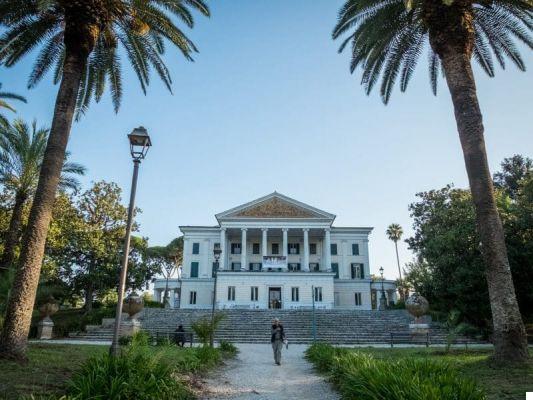
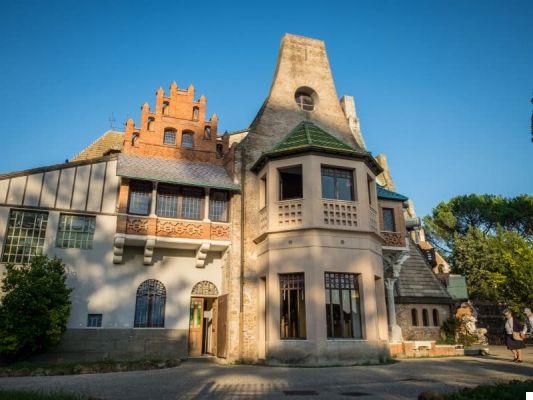
What to see in Rome for those who love architecture
EUR district
Il EUR district (Universal Exposition of Rome) was born as a satellite city wanted by Mussolini on the occasion of the Universal Exposition of Rome which should have taken place in 1941-42, whose works were suspended due to the outbreak of the war. In fact, the exhibition never took place. However, most of the gigantic fascist-style buildings were completed in the 50s and the district now houses some very interesting buildings mainly housing museums, banks and ministries. Among the most beautiful buildings there is certainly the Palace of the Civilization of Labor also called 'square colosseum', purchased by Fendi a few years ago and now its headquarters; every now and then we organize exhibitions and it is possible to visit it. Not far from there is the famous one Cloud, or the Roma Convention Center, a futuristic (by now not too much) international congress facility designed by Massimiliano and Doriana Fuksas, finally completed after years of controversy. If you are interested infascist architecture in the capital there is a beautiful 3h tour which takes you right to the places Mussolini wanted (Eur, etc.) and explains their history.
MAXXI
For the MAXXI (National Museum of XXI Century Arts) I refer you to what is written above, in the paragraph dedicated to modern art.
Coppedè district
This nucleus of buildings is located in the Trieste district and, although it is not really a district, it was named after the same architect who designed it and from which it takes its name, Gino Coppedè. The Coppedè district it is made up of eighteen palaces and twenty-seven buildings and buildings arranged around the central nucleus of piazza Mincio. The architect wisely and with great creativity mixed the liberty style, the neo-baroque and the neo-medievalism to build these villas and palaces that recall, at least some, the houses of the fairies. Pay attention to the details because each house is decorated in a particular way. At the time of construction, the buildings were subject to harsh criticism, which also led to the suicide of Coppedè himself. Today, however, they are very popular and this remains a very coveted neighborhood.
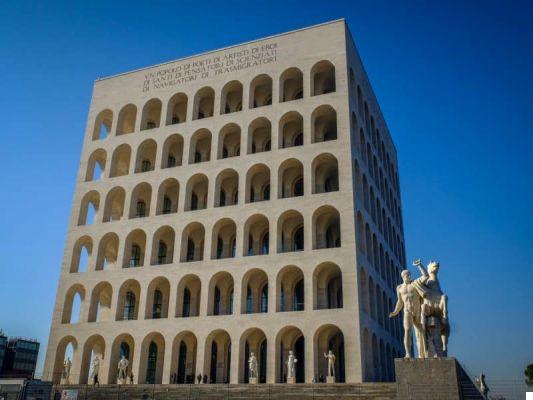
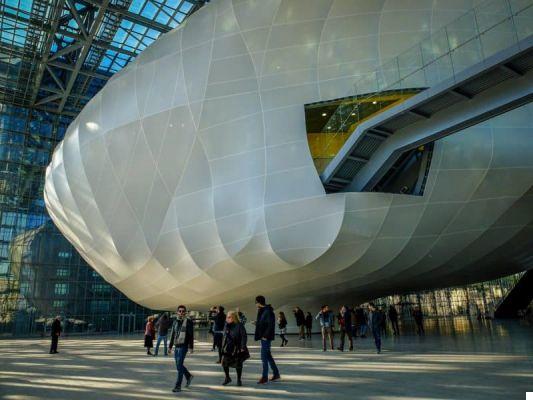
If you liked this article, you might also be interested in these other articles I wrote about Rome:
- Unusual Rome: 10 particular places that few know
- What to see in Rome in 3 days
- What to see in Rome in 1 day
- Alternative Rome: the coolest neighborhoods
- Where to eat in Rome: the best typical trattorias
- 10 farmhouses with swimming pool near Rome
- The MAAM of Rome: when art is defended
- What to see in Ostia: 1 day between Pasolini and the excavations of Ostia Antica




